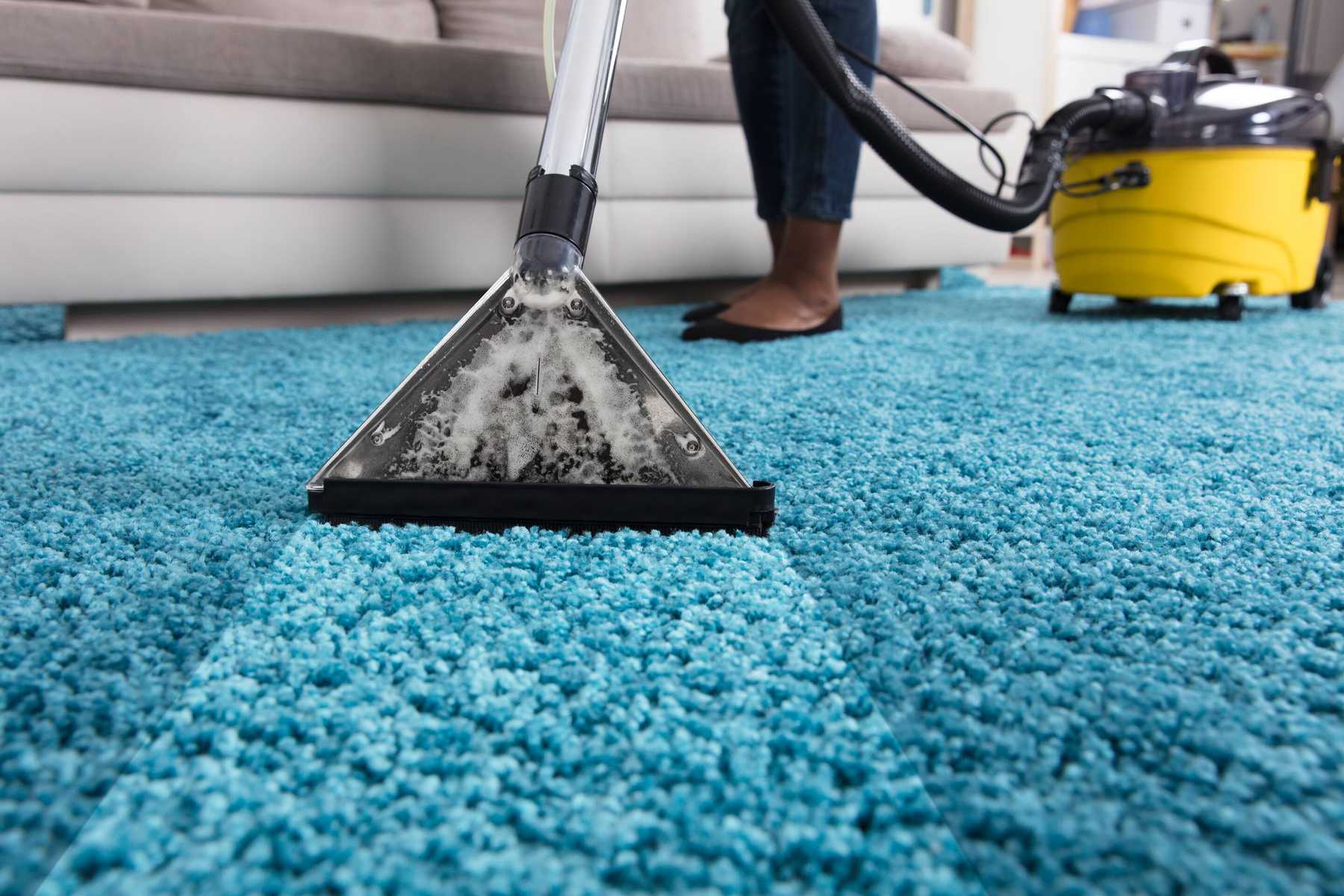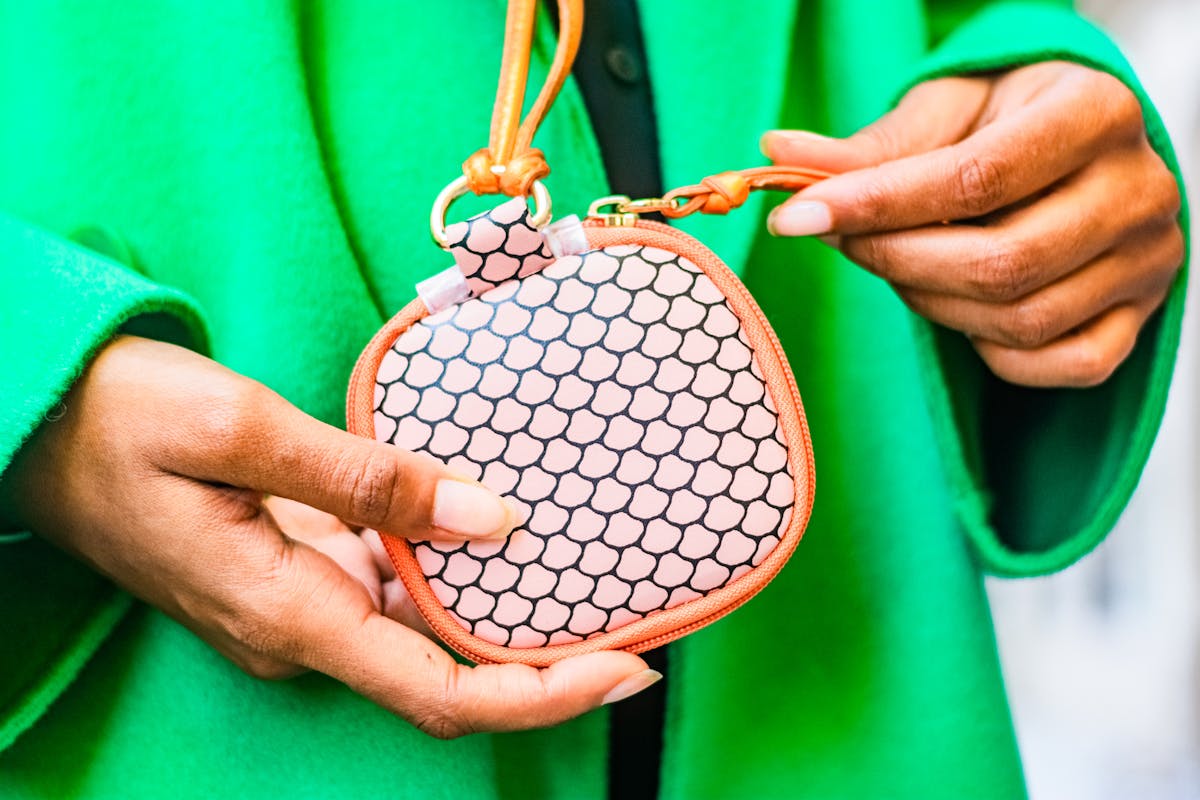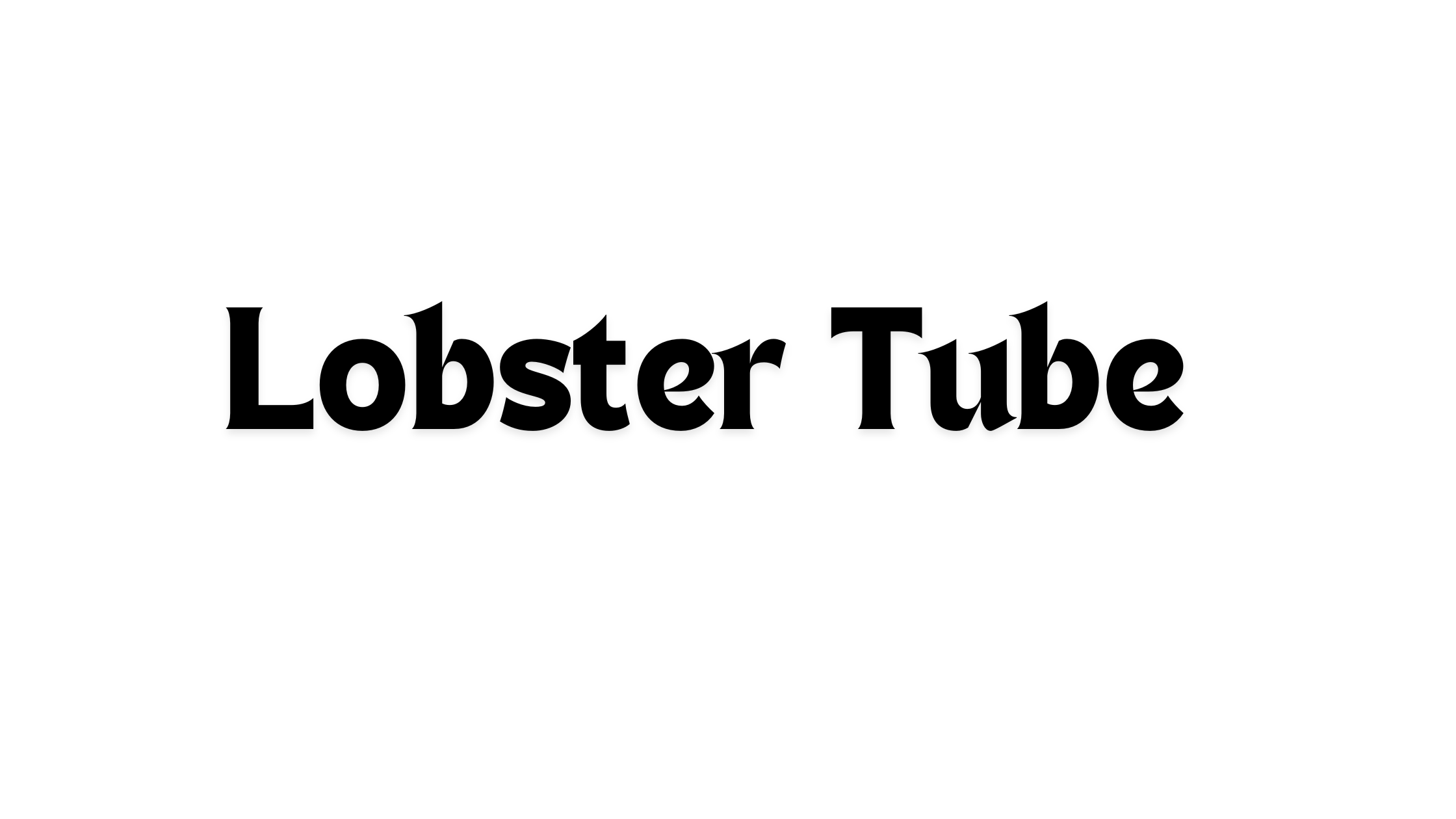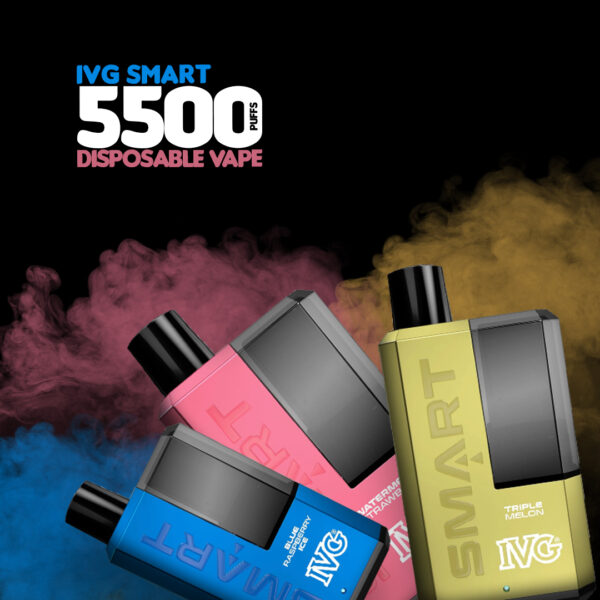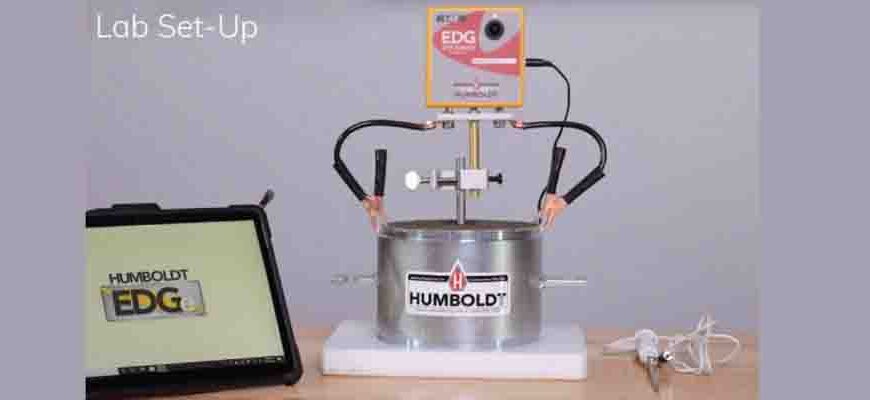In recent years, the fashion industry has embraced technological advancements to address various challenges, including sustainability and waste reduction. Among these innovations, 3D printing has emerged as a game-changer, offering numerous benefits to fashion designers, particularly in fashion-forward hubs like Dubai.
This article explores how 3D printing can significantly reduce waste in the fashion design process in Dubai, providing an eco-friendly alternative to traditional manufacturing methods.
Understanding Waste in Traditional Fashion Design
Traditional fashion design and manufacturing processes are often resource-intensive and wasteful. Key contributors to waste in the fashion industry include:
- Excess Fabric and Material Waste: Cutting patterns from large bolts of fabric often leaves behind significant scraps.
- Overproduction: To meet consumer demands and trends, manufacturers frequently produce more items than can be sold, leading to unsold inventory.
- Prototyping and Sampling: Multiple iterations of prototypes and samples are created before the final product, resulting in wasted materials and resources.
The Role of 3D Printing in Reducing Waste
3D printing, also known as additive manufacturing, builds objects layer by layer based on digital designs. This precision-driven process offers several advantages for reducing waste in the fashion design process.
1. Precision and Accuracy in Material Usage
3D printing Dubai allows designers to use only the exact amount of material needed for each garment or accessory. Unlike traditional cutting methods, there are no leftover scraps or offcuts. This precision significantly reduces fabric waste, contributing to more sustainable production practices.
2. On-Demand Production
One of the primary benefits of 3D printing is its ability to produce items on demand. This approach eliminates the need for large-scale manufacturing runs and overproduction.
Fashion designers in Dubai can create pieces as orders are received, ensuring that only what is needed is produced. This strategy not only reduces waste but also aligns with the growing trend of personalized and custom-made fashion.
3. Efficient Prototyping and Sampling
In traditional fashion design, creating multiple prototypes and samples involves considerable material waste.
With 3D printing, designers can create accurate digital models and print prototypes as needed. This method allows for rapid iterations and adjustments without the associated material waste. Once the final design is approved, it can be printed directly, reducing the need for multiple physical samples.
Sustainability and Eco-Friendly Materials
4. Utilization of Sustainable Materials
3D printing opens up opportunities to use eco-friendly and sustainable materials, such as biodegradable plastics, recycled polymers, and even organic compounds. These materials are less harmful to the environment and can further reduce the ecological footprint of fashion production in Dubai.
5. Recycling and Reusing Materials
In the 3D printing process, excess material from one project can often be recycled and reused in future projects. This circular approach to material usage ensures that nothing goes to waste. For instance, leftover filament from a previous print can be melted down and re-extruded for new designs, promoting a zero-waste ethos in fashion design.
Economic Benefits of 3D Printing
6. Cost Savings on Materials
By minimizing waste and using only the necessary amount of material, fashion designers in Dubai can significantly reduce their material costs. This efficiency not only benefits the environment but also the bottom line of fashion businesses.
7. Streamlined Supply Chain
3D printing allows for localized production, reducing the need for extensive shipping and logistics. This streamlined supply chain not only cuts down on transportation emissions but also lowers costs associated with importing materials and products.
Fashion designers in Dubai can source materials locally and produce their collections in-house, fostering a more sustainable and economically viable business model.
Innovation and Creativity in Fashion Design
8. Design Freedom and Customization
3D printing offers unparalleled design freedom, enabling fashion designers to create intricate and complex patterns that would be challenging or impossible with traditional methods. This technology allows for customization and personalization, catering to the unique preferences of consumers in Dubai. By producing bespoke items on demand, designers can avoid the waste associated with mass production.
9. Experimentation with New Designs
With 3D printing, designers can experiment with new designs and concepts without the fear of wasting materials. This ability to innovate freely encourages sustainable practices, as designers are not constrained by the limitations of traditional manufacturing.
Conclusion:
3D printing presents a promising solution to the waste challenges faced by the fashion industry. By adopting 3D printing technologies, fashion designers in Dubai can significantly reduce waste, utilize sustainable materials, and embrace a more eco-friendly production process. As the industry continues to evolve, the integration of 3D printing will likely become a standard practice, paving the way for a more sustainable and innovative future in fashion design.
In conclusion, 3D printing is not just a technological advancement but a pathway to a more sustainable and efficient fashion industry in Dubai. Embracing this technology can lead to significant waste reduction, cost savings, and a more environmentally conscious approach to fashion design, benefiting both designers and the planet.


